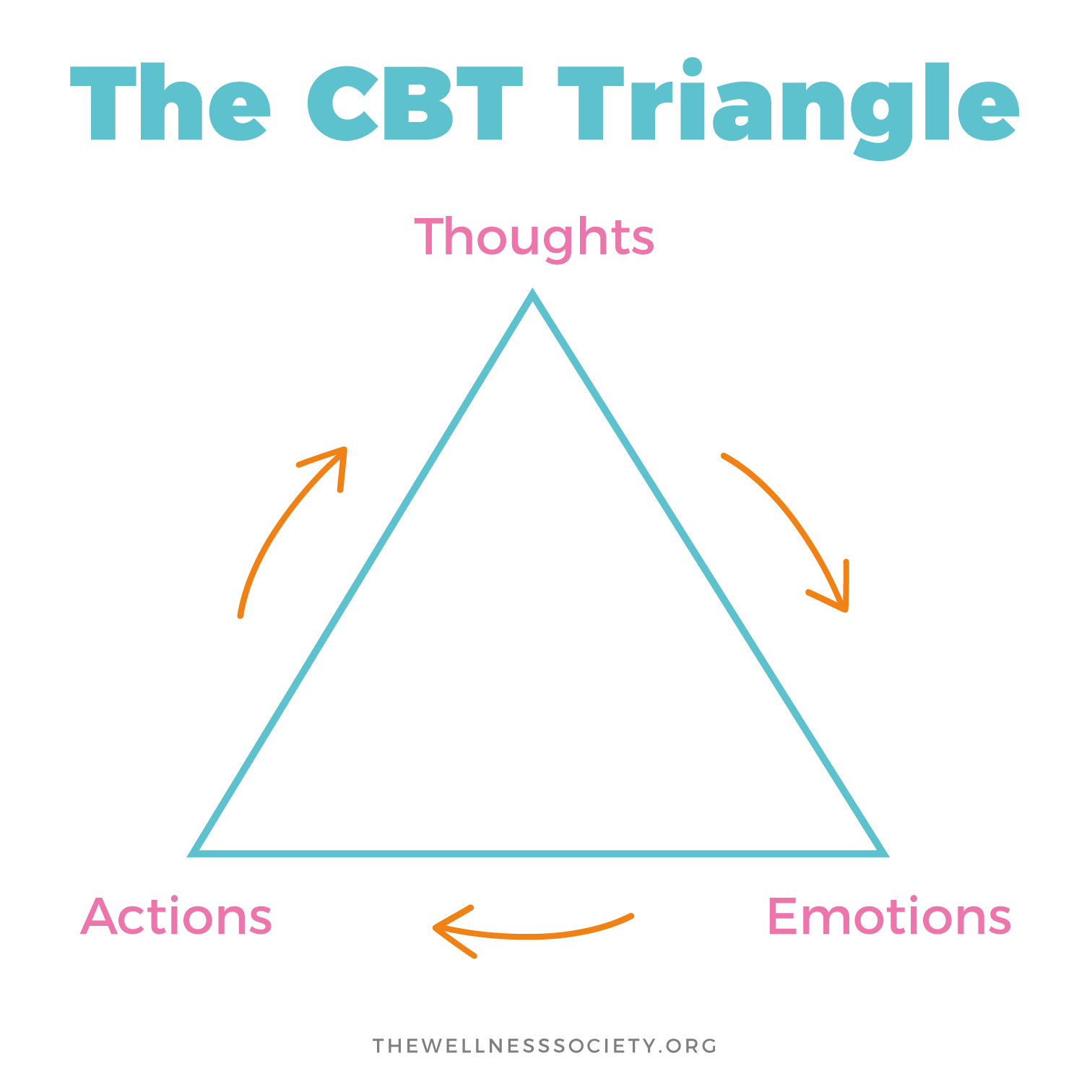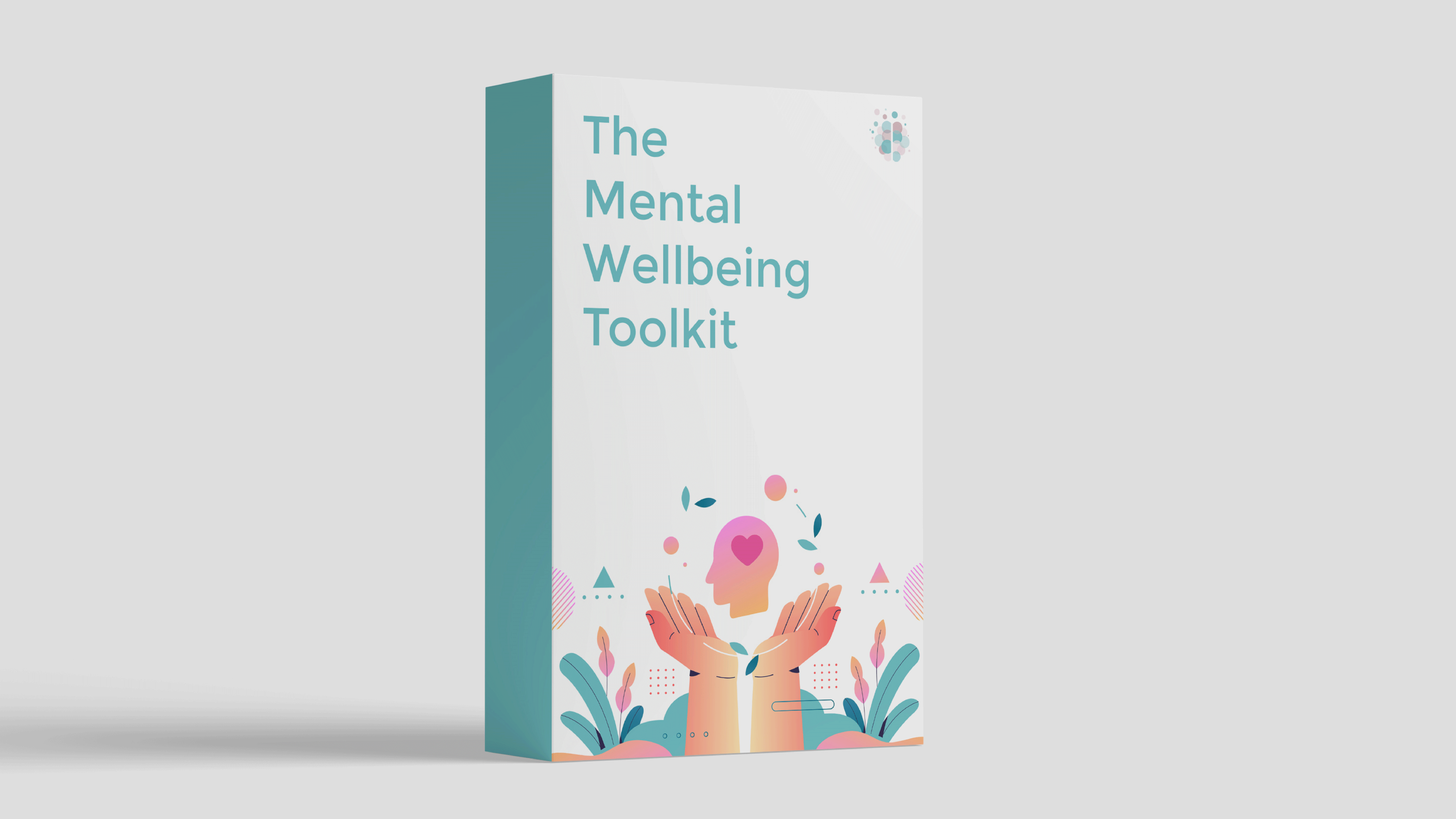First, what's CBT?
Cognitive Behavioral Therapy (CBT) is a therapeutic modality and approach that helps to understand the interconnections between thoughts, feelings, and behaviors.
Developed by Aaron Beck in the 1960’s, this modality has since been researched and found to be effective for a wide range of issues. A therapist may utilize CBT to address an eating disorder, depression, anxiety, self-esteem issues, relationship issues, substance use, or many other topics that can arise in the course of therapy.
The Beck Institute explains,
“CBT is based on the theory that the way individuals perceive a situation is more closely connected to their reaction than the situation itself. Individuals’ perceptions are often distorted and unhelpful, particularly when they are distressed. Cognitive Behavior Therapy helps people identify their distressing thoughts and evaluate how realistic the thoughts are. Then they learn to change their distorted thinking. When they think more realistically, they feel better. The emphasis is also consistently on solving problems and initiating behavioral changes.”
What Is the CBT Triangle?
The CBT triangle, a.k.a. the cognitive triangle, is a core component of CBT. The triangle shows the interconnections that occur when a situation triggers thoughts which then impact our emotions and behaviors.
Poor mental health impacts the way we think, feel, and act. CBT aims to address the ways our thinking patterns influence our feelings and behavior in unhelpful ways, helping us get out of vicious cycles.
Your thoughts hold power. They have the power to cause a spiral or the power to dig you out of an unhelpful spiral.

How does this work?
Let’s say you’ve turned in a project late at work and receive a meeting invite from your manager titled “check in”. Your first thought is “I’m such a failure”. You begin feeling embarrassed and anxious thinking about the upcoming meeting. This leads you to ignore your email for the remainder of the day.
What would happen if you recognized your automatic thought of “I’m such a failure” and internally restructured this thought to “I did the best I could” or “I’ve turned in all other recent projects on time. My manager has been understanding in the past”?
Your Thoughts Impact Your Emotions and Behavior
Restructuring your thoughts might mean that instead of ignoring your email, you send a quick note to your manager to check in about what you’ll be covering in the meeting.
Another scenario might be going to a party and meeting new people. Your thoughts are along the lines of, “I’m socially awkward. They probably won’t like me.” This causes you to feel insecure and stand off to the side.
Recognizing your automatic thoughts and changing them from “They probably won’t like me” to “I’m a worthwhile human being” will likely impact you to feel more secure and confident. This may in turn lead you socializing and having more fun at the party.
Maybe work or social events don't contribute to your unhelpful thought patterns, though relationships do.
You come home from a long day at work and your partner doesn’t greet you when you walk in the door. Your immediate thought is “They don’t care about me. I’m not good enough." This leads you to feel insignificant and you retreat into another room. How might restructuring that thought to “I know they love me. It’s possible they didn’t hear me walk in” impact your evening at home?
Changing these thoughts may lead you to share with your partner you were feeing ignored when you walked in the door and check in on what they’re doing. Changing the thought and having a conversation could vastly change the evening at home.
How to Use the CBT Triangle?
How might you be able to use the CBT triangle in your daily life?
It’s all about becoming more mindful of your automatic thoughts and stories.
Restructuring unhelpful thoughts is a powerful way to take control back. You always have the option to address and change your thought patterns as they arise.
Be curious about how your internal dialogue impacts your feelings and behavior. Then, get into the habit of intentionally restructuring your thoughts before they start to negatively impact your emotions and behavior.
We offer practical tools to help you do this.
In The Thinking Slow Method, you identify which unhelpful thought patterns (referred to by psychologists as "cognitive distortions") you experience the most. Then, you learn a step-by-step framework (including CBT methods) for overcoming them.
Discover how The Mental Wellbeing Toolkit can help you take control of your mind today.
In the words of Ernest Holmes, “Change your thinking, change your life.”

About Brittany
Brittany Ellmer is a Licensed Mental Health Counselor and Clinical Manager with expertise working with anxiety, depression, and survivors of trauma. Brittany has experience working in settings such as residential treatment, outpatient treatment, private practice, higher education, and in workplace wellbeing spaces. Brittany approaches therapy from a trauma-informed attachment based lens with the belief that our early life experiences shape who we are.Brittany provides individual therapy through her private practice, the Healing Collective Counseling & Consulting PLLC. Learn more about Brittany’s practice here.



